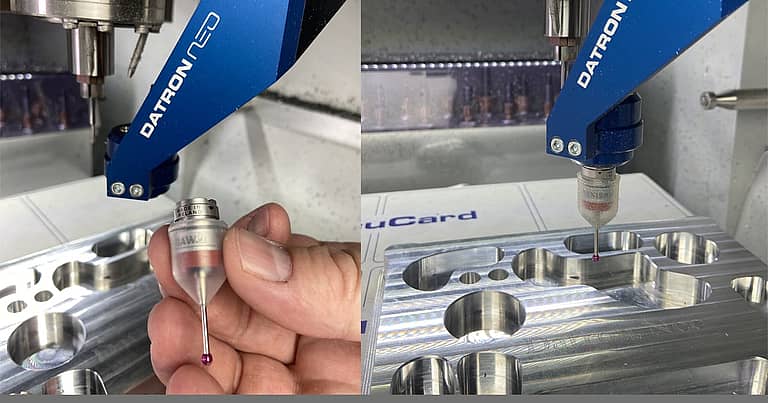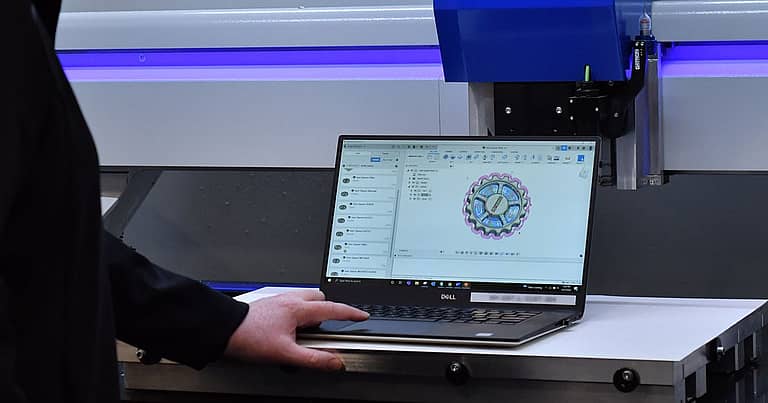With additive manufacturing and 3D printers being such a hot topic these days, it’s important to remember why subtractive processes like milling are still incredibly important to rapid prototyping. But first, let’s examine some of the benefits and limitations of additive rapid prototyping (or direct digital manufacturing).
Benefits of Additive Rapid Prototyping
The process of additive rapid prototyping joins and fuses materials like liquid resins together, layer upon layer to produce a 3D object from model data. Additive rapid prototyping is generally simple, relatively inexpensive and fast. Additive rapid prototyping also allows for a substantial amount of complexity within cavities or internal areas of a part that would require undercuts and may even be impossible with subtractive processes like milling.
Limitations of Additive Rapid Prototyping
The primary drawback of additive rapid prototyping is that the resulting part usually is not made of an end-use material like metal … and even if it is, it lacks structural integrity. That’s because the point where one layer is joined to another lacks the physical strength exhibited by a solid block of the same material (with no layers or joints).
Subtractive Rapid Prototyping with End-Use Materials
Subtractive rapid prototyping provides the ability to prototype in end-use materials. Since milling or machining removes material from a larger piece of material, the finished part has a solid composition rather than a layered composition as seen in additive rapid prototyping with 3D printers. This yields a higher structural integrity which is critical if the prototype part is to be used in product testing. Product testing with a part made through subtractive prototyping allows for an accurate analysis of the part’s viability and even durability since it is made from the same material that will be used to manufacture production parts.
A Wider Range of Surface Finishes and Textures with Subtractive Prototyping
Subtractive rapid prototyping processes also offer a wider range of surface finishes for the completed prototype as opposed to the standard “stepped finish” often achieved in additive rapid prototyping with a 3D printer. This could range from a completely smooth surface with a mirror-like finish to ones with milled or engraved textures. In this way, subtractive rapid prototyping with a high speed CNC milling machine is capable of producing prototype parts with a repeatability suitable for end-use production. The smooth surface finish that can be achieved with high-speed machining can be functionally beneficial if the given part needs to slide and aesthetically beneficial if the prototype is going to be used in market testing.
Additive Rapid Prototyping vs. Subtractive Rapid Prototyping
To illustrate the points made above, we asked our applications engineers to quickly prototype a part using both additive and subtractive processes. Since our favorite after-hours (wink, wink) past time is foosball, they decided to make a “replacement” foosball man for testing. This decision was based on an actual real-life need – since we had recently broken one of the men that came with our vintage 1985 foosball table. Using additive rapid prototyping (3D printing), they were able to design a very rudimentary foosball man in about 90 minutes. From there, they began printing and in just over an hour the part seen below was complete.
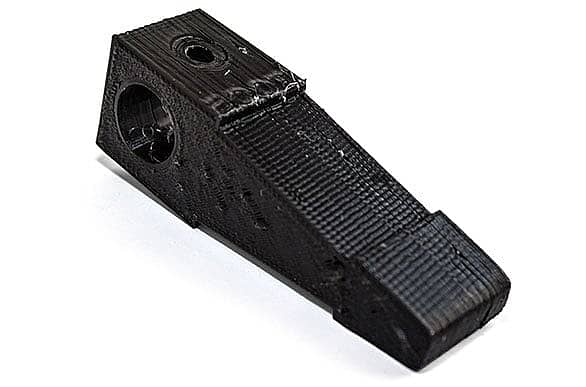
Using subtractive rapid prototyping (high-speed milling) programming the part took substantially longer and clocked in at 3 hrs. 45 minutes. However, milling the part below was considerably faster than 3D printing and took 28 minutes.
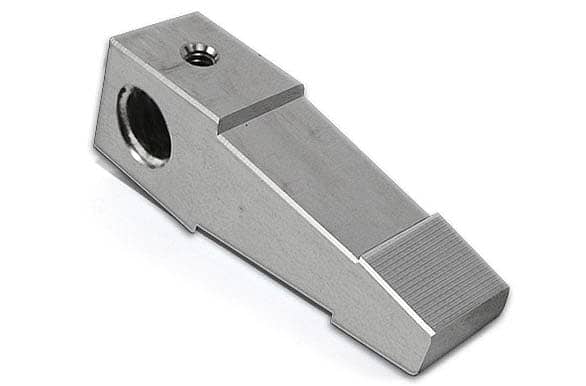
Product Testing an Additive Rapid Prototype vs. a Subtractive Rapid Prototype
Well, you knew we had to “test” the part right? So, in a series of 4 rather heated games using each prototype, here’s what we found. In terms of functionality and durability, the subtractive prototype was the clear winner. Not only did it last through the 4 games, the solid composition of the part made for stronger shots with high velocity. Plus, it clearly would hold up for hundreds of more games. By comparison, the 3D printed part began to show signs of delamination on its right side half way through game 3 — and by the game 4 we had to mend it with a bit of scotch tape to get through the rest of our “product testing”. The damage to the part revealed the inside composition of the 3D printed part as seen below.
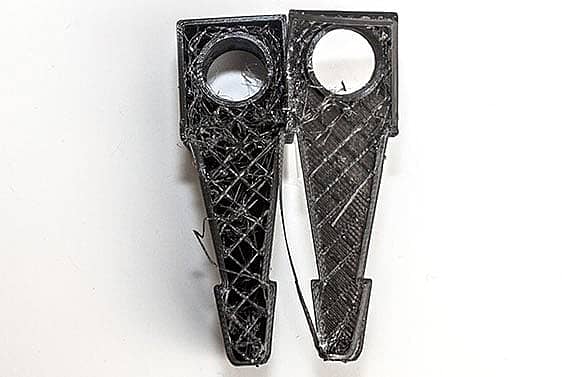
The rather hollow nature of this part shined a bit of light on why we couldn’t achieve strong shots using this foosball man. In analyzing the resulting surface finish on both parts, we felt that the subtractive prototype was … well, simply more attractive. Plus, the milling process provided more flexibility to achieve different surface finishes. For example, we were able to make the majority of the subtractive prototype very smooth while giving the foot section a more textured finish for added “grip” or ball control. By contrast, the inherent “stepped” surface finish on the additive prototype served well in terms of ball control … but wasn’t very attractive over the entire part.
The Ultimate Subtractive Rapid Prototyping CNC Machine:
Last year’s introduction of the DATRON neo compact high-speed milling machine makes subtractive rapid prototyping more affordable and viable than ever. Plus it’s compact size and touchscreen operation make it easy to use and easy to fit in the tightest “lab-type” environment.





